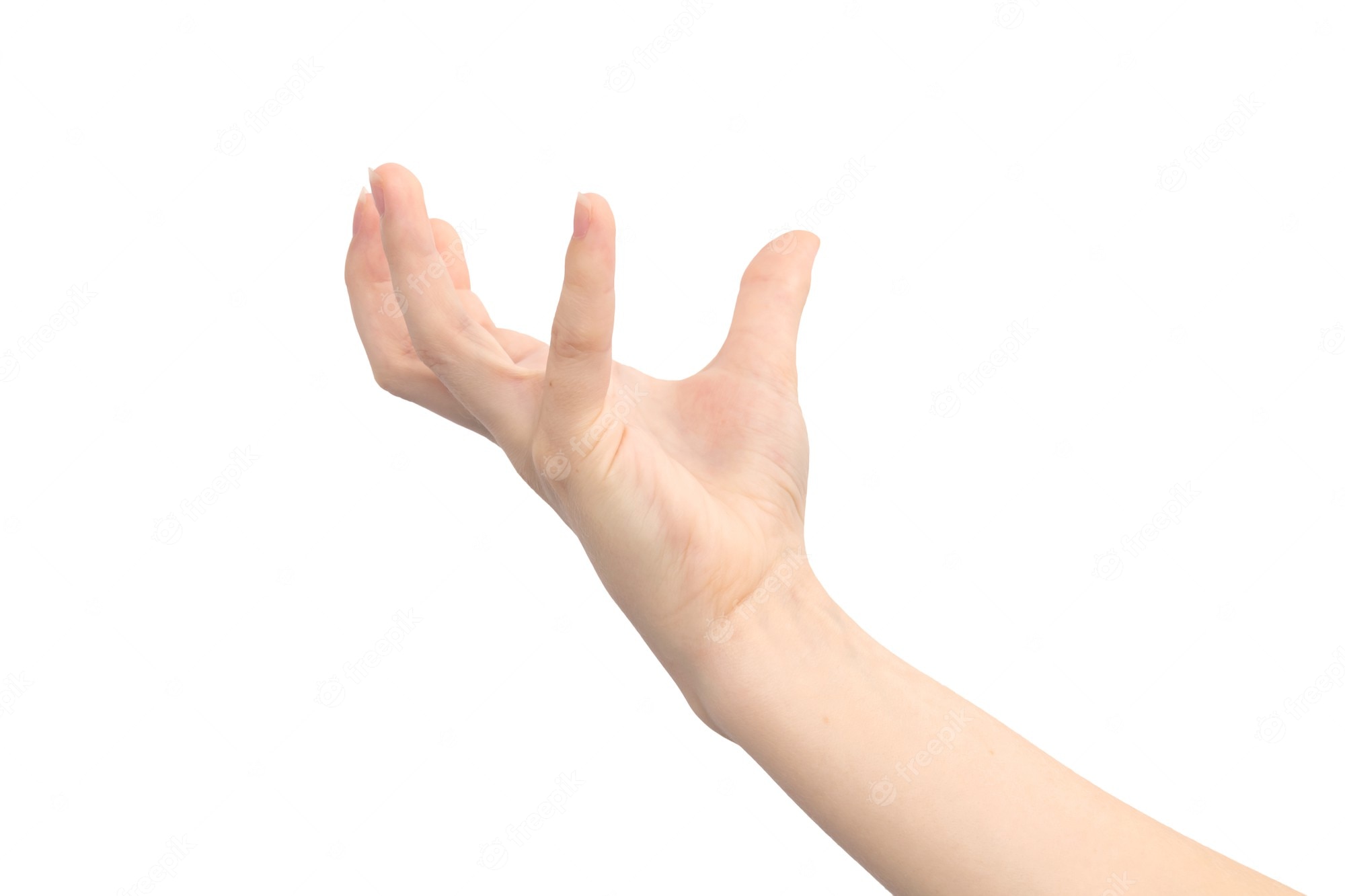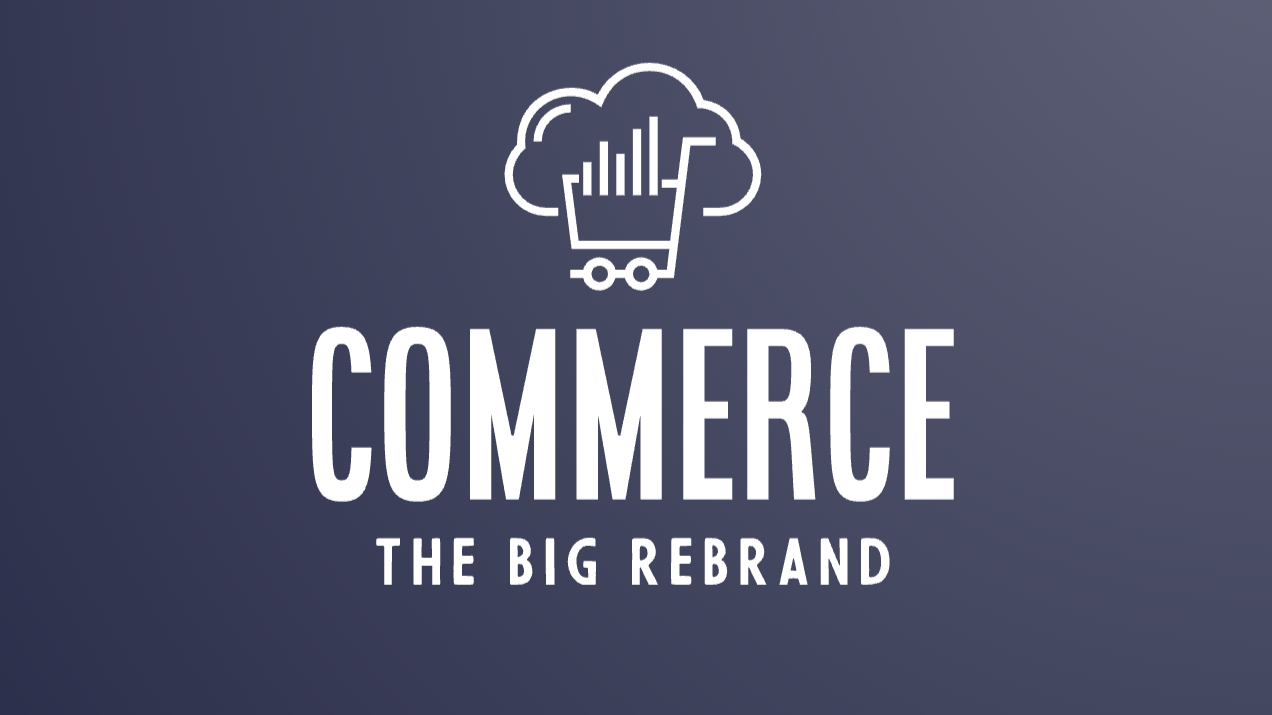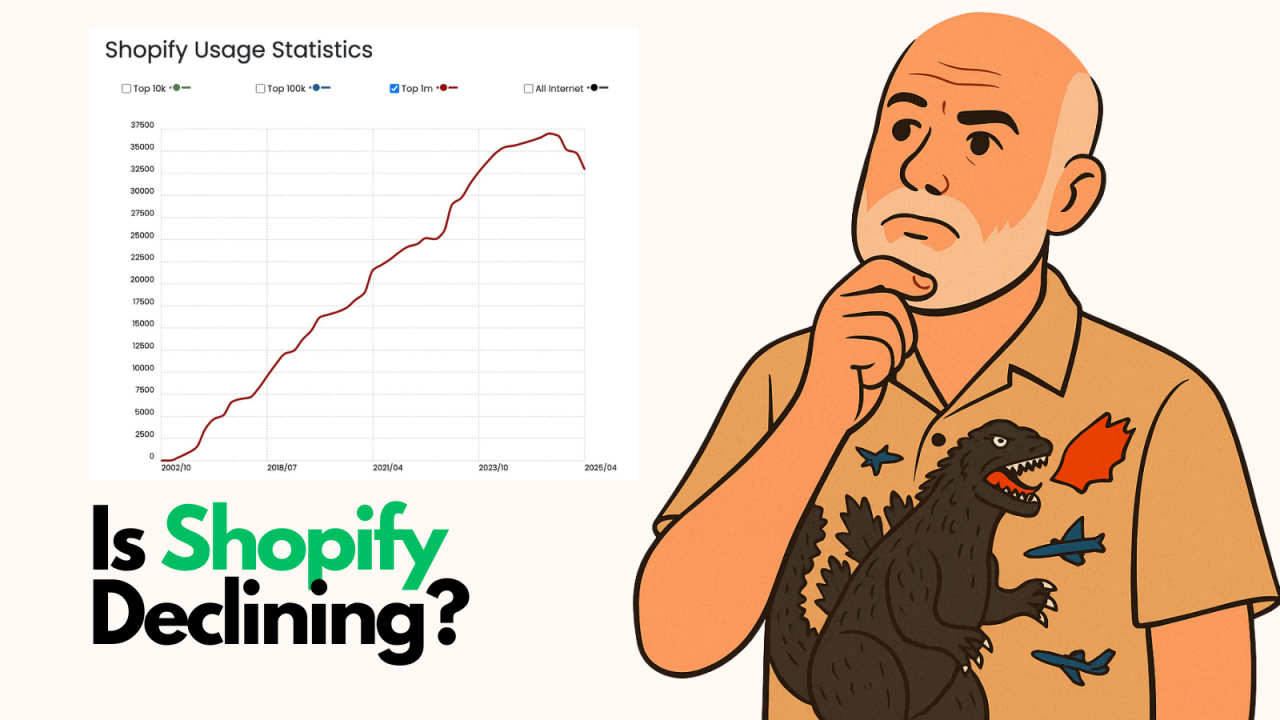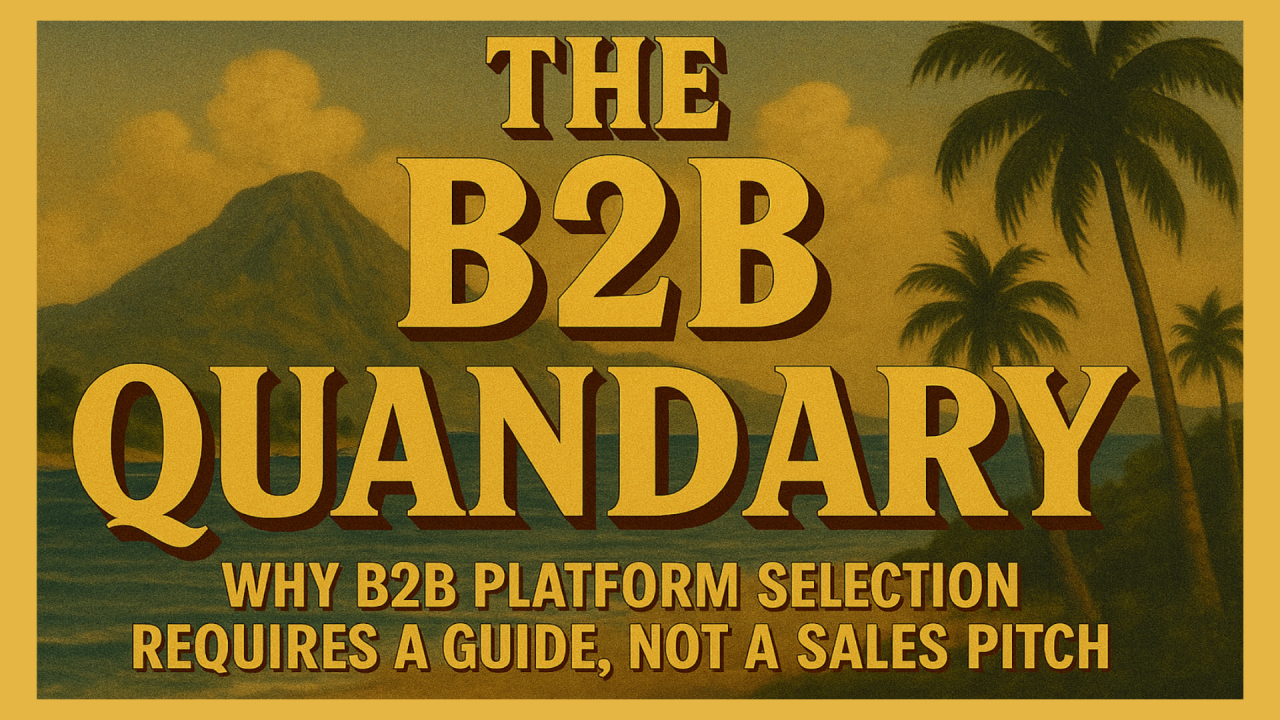

Image Source: FreeImages
Have you ever wondered why some SEO metrics seem to predict future success while others confirm past performance? Welcome to the world of leading and lagging indicators in SEO, where clicks and impressions play crucial roles in shaping your digital marketing strategy.
In the complex landscape of search engine optimization, understanding the difference between leading and lagging indicators is like having a crystal ball and a rearview mirror at your disposal. But what exactly are these indicators, and how can they revolutionize your SEO approach?
Leading indicators in SEO are like early warning systems. They provide immediate insights into the effectiveness of your strategies and hint at future performance. On the other hand, lagging indicators are the confirmation signals, measured after a period of time to validate trends and long-term success.
Clicks might seem like the ultimate goal in SEO, but they're actually lagging indicators. Here's why:
Impressions, often overlooked, are powerful leading indicators in SEO. Let's explore their significance:
While clicks and impressions play different roles, their true power lies in their synergy:
CTR, calculated by dividing clicks by impressions, serves as both a leading and lagging indicator:
While clicks and impressions are crucial, other indicators provide a more comprehensive SEO picture:
Now that we understand the importance of both leading and lagging indicators, let's explore how to use this knowledge:
As search engines evolve, so do the metrics we use to measure SEO success. What might the future hold?
In SEO, both leading and lagging indicators play crucial roles. Impressions shine as leading lights, illuminating the path to potential success, while clicks confirm your strategies' effectiveness. By understanding and leveraging both, you can create an SEO strategy that not only reacts to past performance but also anticipates future trends.
Remember, in the dynamic landscape of search engine optimization, it's not just about making impressions or getting clicks – it's about making impressions that click with your audience and your business goals.
Ready to take your SEO strategy to the next level? Contact Content Basis today and let us help you navigate the complex world of SEO indicators for maximum impact.
Q: How often should I check my SEO leading indicators?
A: Monitor leading indicators like impressions and CTR weekly or even daily for real-time insights.
Q: Can a high impression count with low clicks be good?
A: It can indicate high visibility but may suggest a need to improve your titles and descriptions to increase clicks.
Q: How long does it take for lagging indicators to show results?
A: Lagging indicators like conversion rates typically take several weeks to months to reflect SEO changes.
Q: Are social media metrics leading or lagging indicators for SEO?
A: They can be both. Shares and engagement are leading, while traffic from social media is a lagging indicator.
Q: How can I improve my CTR?
A: Focus on crafting compelling titles and meta descriptions, and ensure your content matches user intent.

Following up on my earlier post about BigCommerce's rebrand announcement, I got my hands on theCleveland...

By Brent W Peterson AI vs Shopify: Is Platform Dominance Ending in 2025?

The B2B OG Reality Check In 1995, I built my first B2B website for my then computer assembly company. It...